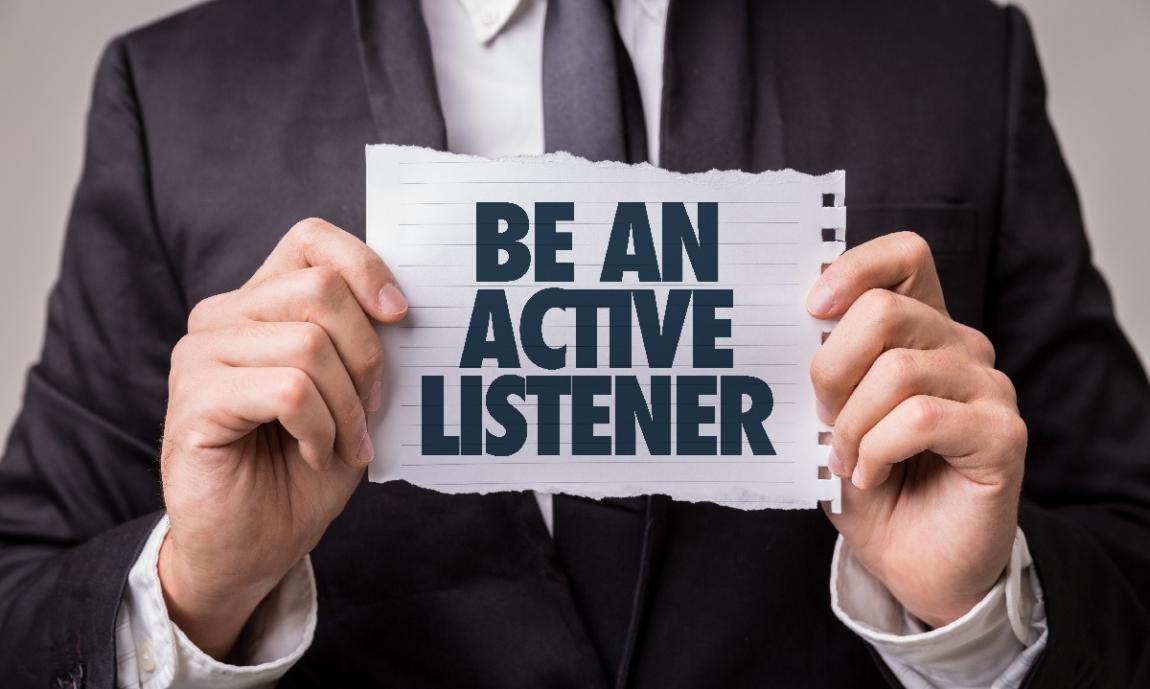
Category:
CommunicationActive listening means, as the listener, you fully concentrate, show you understand, respond accordingly and then remember what is being said. This is a skill that can be acquired and developed with practise.
Here are some ways to practise active listening:
Practising active listening using non-verbal cues
- Show that you are listening – use body language and gestures to show you are engaged.
- Smile & pay attention – give the speaker your undivided attention. Demonstrate your interest and be fully present in the conversation.
- Use nonverbal cues, such as nodding, eye contact and posture, such as leaning forward.
- Avoid distractions – looking at your watch, phone, fidgeting and so on.
Practising active listening using verbal cues
- Use brief verbals affirmations like “I see”, “Sure”, “I understand.”
- Paraphrase to show understanding.
- Questioning - Ask open-ended questions to gather more information or seek clarification by asking specific questions to ensure the correct message has been received.
- Provide feedback, summarise, and respond appropriately.
 (0)
(0) 







